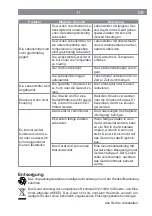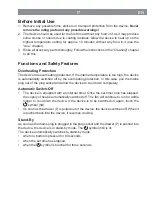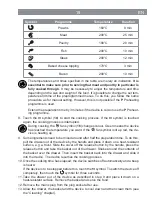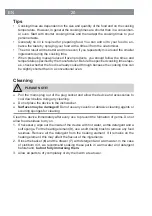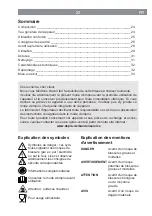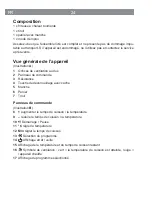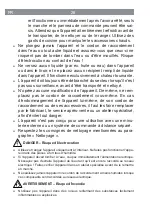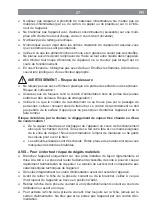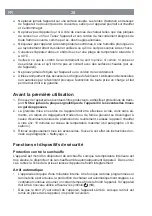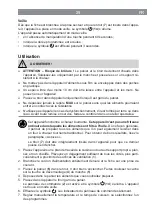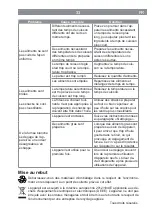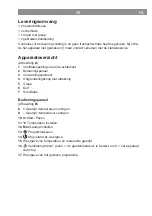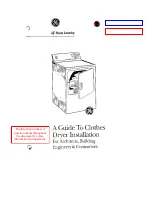
EN
20
Tips
• Cooking times are dependent on the size and quantity of the food and on the cooking
temperature. However, in general the cooking times are shorter than in a convention-
al oven. Start with shorter cooking times and then adapt the cooking times to your
personal taste.
• Generally no oil is required for preparing food. You can add oil to your food to en-
hance the taste by spraying your food with a little oil from the oil atomiser.
• The end result will be better and more even if you repeatedly mix around the smaller
ingredients during the cooking time.
• When preparing mass-produced frozen products, you should follow the times and
temperatures speci
fi
ed by the manufacturer. Before the speci
fi
ed cooking time elaps-
es, check whether the food is already cooked through because the cooking time can
be slightly shorter than in a conventional oven.
Cleaning
PLEASE NOTE!
■
Pull the mains plug out of the plug socket and allow the device and accessories to
cool down before doing any cleaning.
■
Do not place the device in the dishwasher.
■
Surfaces may be damaged!
Do not use any caustic or abrasive cleaning agents or
scouring sponges for cleaning.
Clean the device immediately after every use to prevent the formation of germs. Do not
allow food residues to dry on.
1. If necessary, wipe out the inside of the device with hot water, a little detergent and a
soft sponge. For the heating element (
3
), use a soft rinsing brush to remove any food
residues. Remove all the detergent from the heating element. If it remains on the
heating element, this may affect the
fl
avour of the ingredients.
2. Rinse the basket (
6
) and the drawer (
7
) with detergent and warm water. In the case
of stubborn dirt, we recommend soaking these parts in warm water and detergent
beforehand,
but not fully immersing them.
3. Allow all parts to dry completely or dry them with a tea towel.






